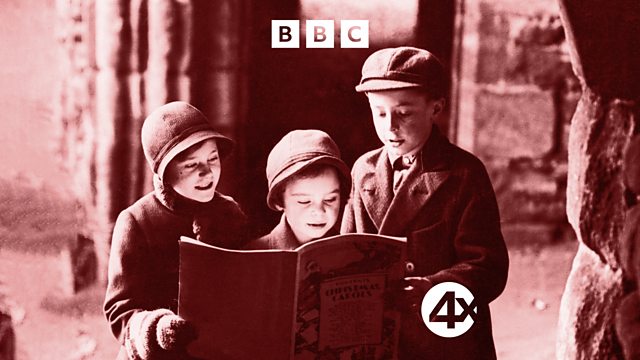
7. Folk Carol Survival and Revival
Jeremy Summerly discovers how the gallery tradition, squeezed out of 19th-century church worship, refused to die. From 2013.
Jeremy Summerly returns to the Gallery tradition that was squeezed out of 19th century Church worship but steadfastly refused to die.
It's now in rude health in several parts of the country but nowhere is it more energetically sustained than in South Yorkshire and Derbyshire.
With the guidance of Dr Ian Russell who holds folk carol festivals and the enthusiasm of pub carolers who sustain the tradition Jeremy shares a pint and a clutch of fuguing carols which flower happily in the 21st century while having roots in the 18th and 19th.
He also finds out about an American offshoot of the gallery style that's been preserved in the icy blasts of Pennsylvania, USA since it was first seeded there in the middle of the 19th century.
The choral conductor and scholar continues his series tracing the history of the Christmas Carol in Britain.
It's a journey full of song describing the history of a people who needed expression for seasonal joy in the coldest, hardest time of the year.
Producer: Tom Alban
First broadcast on 大象传媒 Radio 4 in December 2013.
Last on
More episodes
Broadcasts
- Tue 17 Dec 2013 13:45大象传媒 Radio 4
- Tue 22 Dec 2015 14:15大象传媒 Radio 4 Extra
- Wed 23 Dec 2015 02:15大象传媒 Radio 4 Extra
- Tue 19 Dec 2017 14:15大象传媒 Radio 4 Extra
- Wed 20 Dec 2017 02:15大象传媒 Radio 4 Extra
- Tue 17 Dec 2024 09:30大象传媒 Radio 4 Extra
